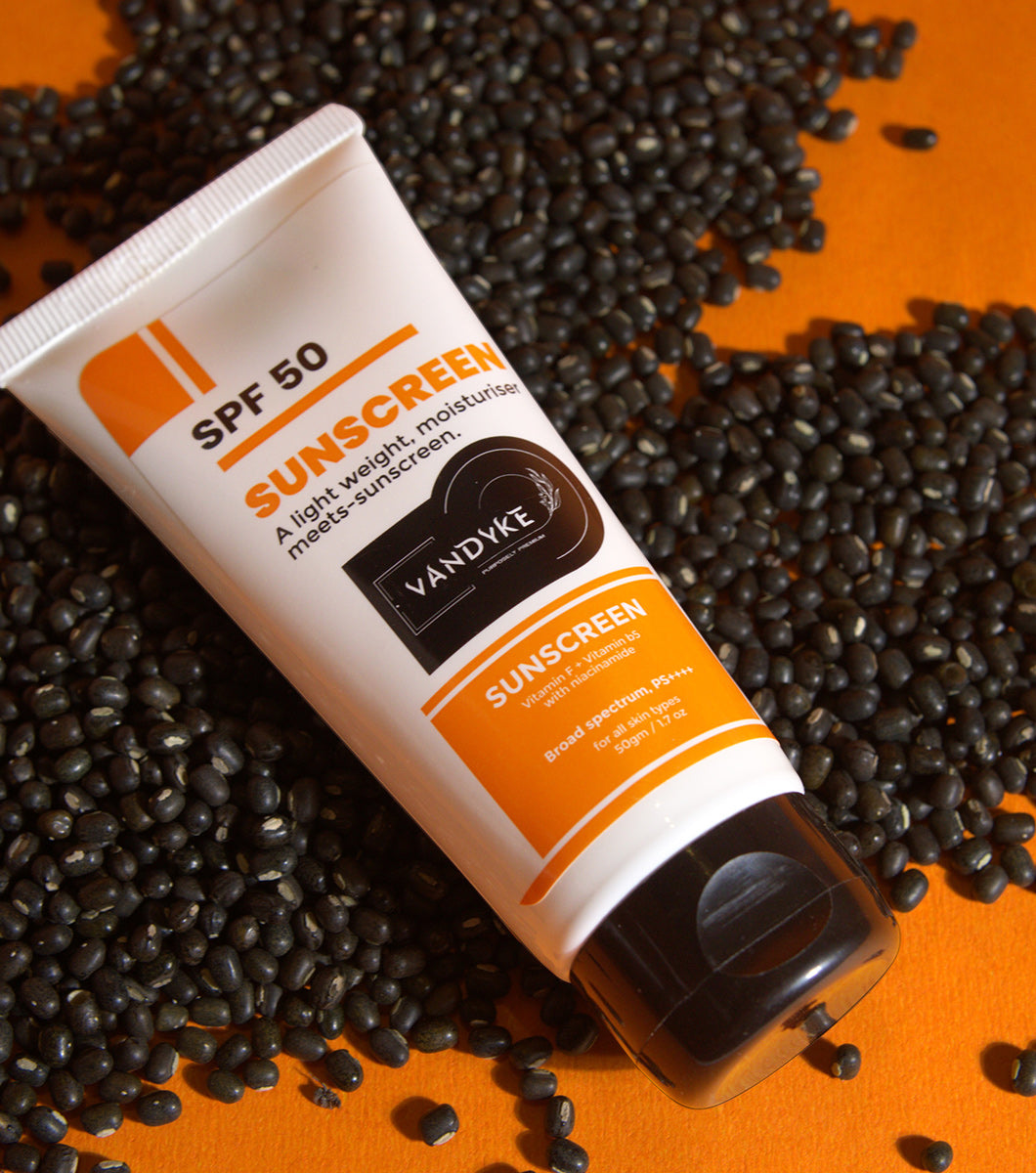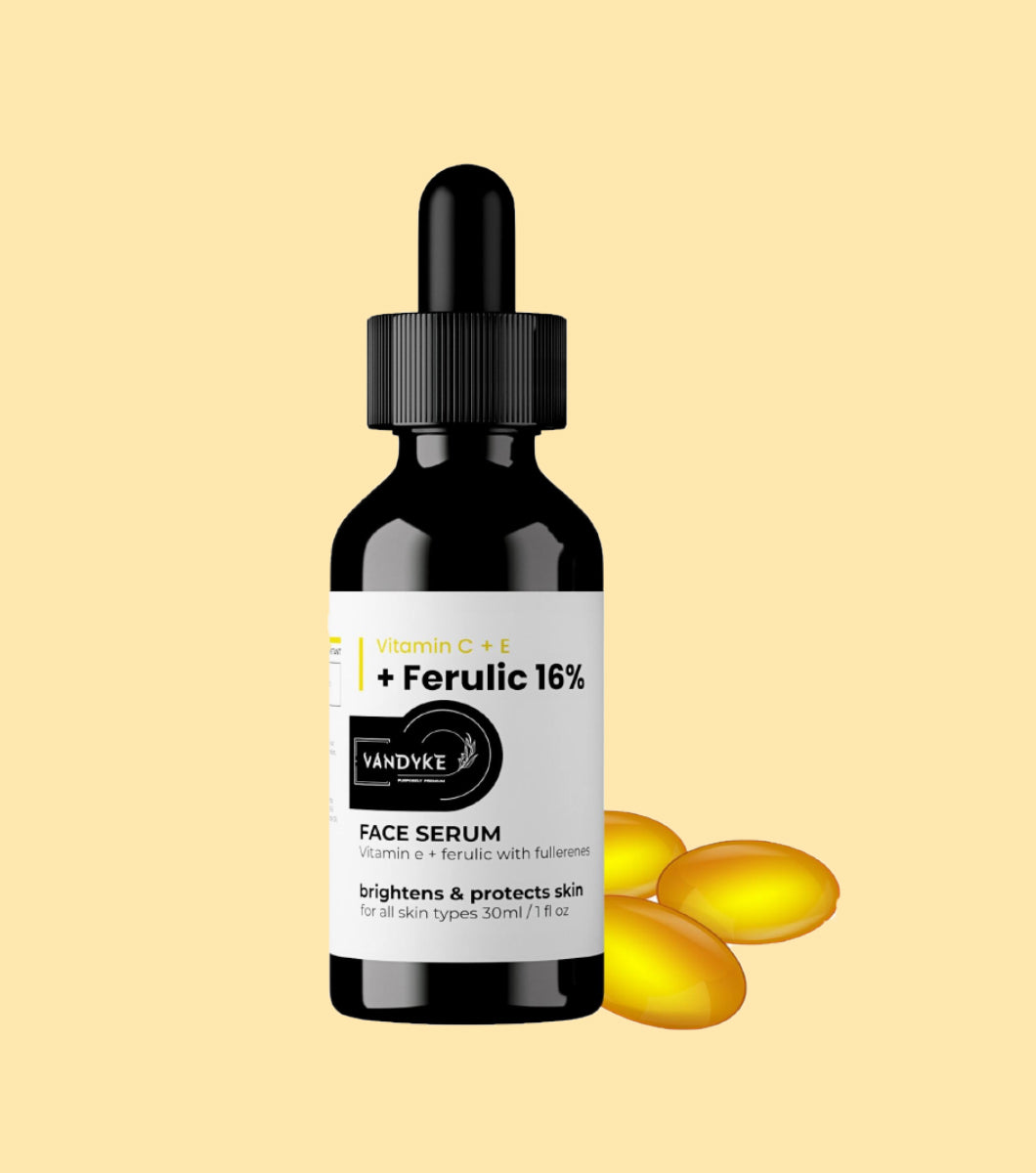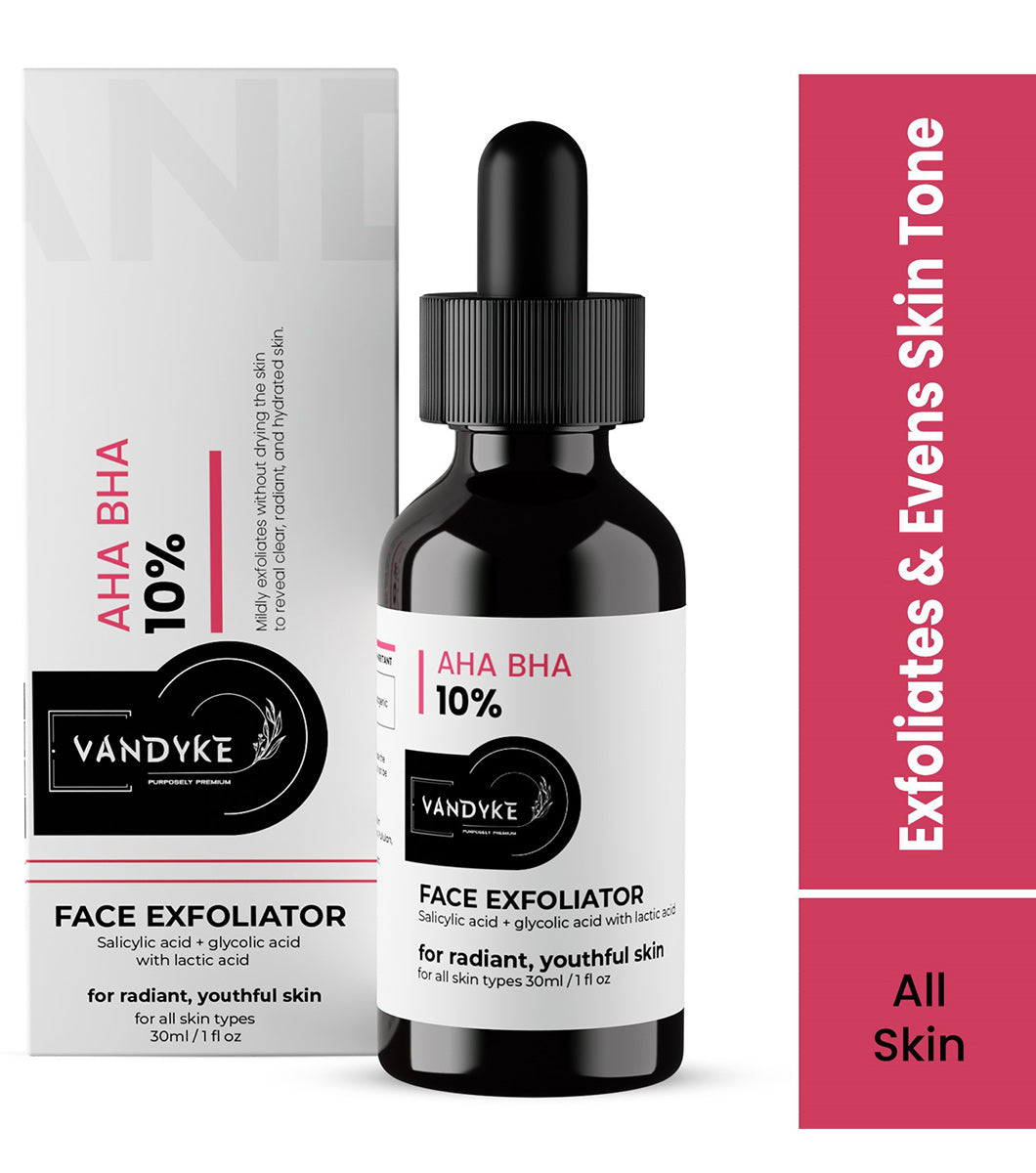
Mandelic Acid vs Polyhydroxy Acids (PHAs) Exfoliant for Your Skincare Routine

Mandelic Acid vs Polyhydroxy Acids (PHAs) Choosing the Right Exfoliant for Your Skincare Routine
Mandelic Acid vs Polyhydroxy Acids (PHAs): Achieving and maintaining healthy, radiant skin involves various skin care practices, and one of the essential steps is exfoliation. Exfoliating helps to eliminate dead skin cells, clear clogged pores, and enhance the texture of the skin overall. Growing interest has been shown recently in exfoliating chemicals that are both efficient and kind to the skin. Two such exfoliants that have gained popularity are Mandelic Acid and Polyhydroxy Acids (PHAs). In this comprehensive guide, Vandyke will delve deep into the world of skincare acids, explore the characteristics of Mandelic Acid and PHAs, and help you decide which one suits your skin’s unique needs.
Benefits of Exfoliation in Skincare?
Before we dive into the specifics of Mandelic Acid and PHAs, let’s briefly understand why exfoliation is a crucial step in any skincare routine.
- Removes Dead Skin Cells
Our skin naturally sheds dead skin cells, but sometimes this process needs a little help. Exfoliation aids in the removal of these cells, preventing them from accumulating and leading to dull, rough skin.
- Unclogs Pores
Dead skin cells can accumulate in pores, trapping oil and leading to acne breakouts. Regular exfoliation keeps pores clean and reduces the chances of clogged pores.
- Improves Skin Texture
Exfoliation can help improve the texture of your skin, making it smoother and softer.
-
Enhances Product Absorption
When you remove the barrier of dead skin cells, your skincare products can penetrate more effectively, maximizing their benefits.
- Evens Out Skin Tone
Exfoliants can help fade hyperpigmentation, acne scars, and sunspots, leading to a more even skin tone.
Now, let’s explore two exfoliants that are making waves in the skincare world.
What is Mandelic Acid?
An alpha hydroxy acid (AHA) called malonic acid is made from bitter almonds. It is an organic substance that is found in nature and has certain qualities that make it a desirable element in skincare products. The bigger molecular structure of mandelic acid compared to several other AHAs is one of its defining features.f
Why Choose Mandelic Acid?
- Gentle Exfoliation
Mandelic Acid exfoliates the skin more gradually and softly than other AHAs like glycolic or lactic acid because of its greater molecular size. It is a fantastic option for those with sensitive skin because of this.
- Effective for All Skin Types
While particularly suitable for sensitive skin, Mandelic Acid is versatile and can benefit all skin types.
- Acne-Fighting Properties
Mandelic Acid has natural antibacterial properties, making it effective for acne-prone skin. It can help reduce acne breakouts and control oil production.
-
Addresses Uneven Skin Tone
If you have concerns about uneven skin tone, mild hyperpigmentation, or fine lines, Mandelic Acid can be a valuable addition to your skincare routine.
- Reduced Risk of Hyperpigmentation
Mandelic Acid is less likely to cause post-inflammatory hyperpigmentation, making it a safer option for those with darker skin tones.
What are PHAs?
Polyhydroxy Acids (PHAs) are a newer generation of chemical exfoliants that have gained popularity in skincare routines. PHAs belong to the family of hydroxy acids, similar to alpha hydroxy acids (AHAs) and beta hydroxy acids (BHAs), but they have some distinctive characteristics that set them apart. One notable feature is their larger molecular structure, akin to Mandelic Acid.
Why Choose PHAs?
- Exceptionally Gentle
PHAs are among the gentlest exfoliants available. They provide effective exfoliation with minimal risk of irritation, making them ideal for those with sensitive or reactive skin.
- Hydration Powerhouses
PHAs have humectant properties, meaning they attract moisture to the skin. This makes them perfect for dry or dehydrated skin types.
- Anti-Aging Benefits
In addition to exfoliation, PHAs have antioxidant properties that help protect the skin from environmental damage, making them suitable for anti-aging routines.
- Safe for Daily Use
Due to their mild nature, PHAs can often be used daily without causing over-exfoliation.
Choosing Between Mandelic Acid and PHAs
Now that we’ve explored the characteristics of Mandelic Acid and PHAs, how do you decide which one is right for you? Here are some guidelines:
Opt for Mandelic Acid If
- You have normal to oily skin.
- Acne or occasional breakouts are a concern.
- You’re looking to address uneven skin tone, mild hyperpigmentation, or fine lines.
- You want a slightly stronger exfoliation but still wish to minimize the risk of irritation.
Choose PHAs If
- You have sensitive or reactive skin.
- Redness or irritation is a common issue with traditional exfoliants.
- Your skin needs hydration, and you want an exfoliant that can also lock in moisture.
- You’re looking for a gentle way to maintain healthy skin without the risk of sensitivity.
The Importance of Patch Testing and Consultation
Before incorporating any new exfoliant into your skincare routine, it’s crucial to conduct a patch test. Apply a small amount of the product to a discrete area of your skin and monitor for any adverse reactions, such as redness or irritation.
Moreover, consider consulting with a dermatologist or skincare professional, especially if you have specific skin concerns or conditions. They can provide personalized recommendations and guide you in choosing the most suitable exfoliant for your needs.
Why Choose vandyke AHA PHA BHA 32%?
The Vandyke AHA BHA PHA 32% Peeling Solution is a powerful blend of 25% AHA, 5% PHA, and 2% BHA, offering comprehensive exfoliation for radiant skin. This formula combines various exfoliating acids, including Glycolic, Lactic, Mandelic, and Salicylic Acid, to remove dead skin cells, unclog pores, and promote a brighter, smoother complexion.
The optimized pH range of 3.4 to 3.8 ensures maximum effectiveness, resulting in improved skin texture and a youthful glow. Additionally, the inclusion of Turmeric Extract helps soothe potential irritation associated with exfoliation.
Conclusion
Both Mandelic Acid vs Polyhydroxy Acids (PHAs) offer effective exfoliation while prioritizing skin sensitivity. Your choice between the two should align with your specific skin care goals and your skin’s unique characteristics. Ultimately, a well-balanced skincare routine includes gentle exfoliation to maintain a healthy and radiant complexion. So, whether you opt for the gentle giant Mandelic Acid or the ultra-gentle PHAs, your skin will thank you for the care and attention. try to use vandyke both products (Mandelic Acid vs Polyhydroxy Acids (PHAs) hope you will love it.
FAQs
Is Hyaluronic Acid an Alpha Hydroxy Acid (AHA)?
No, Hyaluronic Acid is not an AHA. It is a hydrating ingredient known for its ability to retain moisture in the skin, making it appear plump and hydrated. AHAs, like Mandelic Acid and Glycolic Acid, are exfoliating acids.
Is Vitamin C an Alpha Hydroxy Acid (AHA)?
No, Vitamin C is not an AHA. It is a potent antioxidant that can brighten the skin, reduce the appearance of dark spots, and protect against free radical damage. AHAs, on the other hand, are exfoliants.
Is Alpha Hydroxy Acid (AHA) the Same as Retinol?
No, AHAs and retinol are not the same. AHAs are exfoliating acids that primarily work on the surface of the skin to remove dead skin cells. Retinol, or Vitamin A, is a powerful ingredient that penetrates deeper into the skin and is known for its anti-aging properties.
Is Alpha Hydroxy Acid (AHA) the Same as Glycolic Acid?
Glycolic Acid is a type of AHA. AHAs are a group of exfoliating acids that includes Glycolic Acid, Lactic Acid, and Mandelic Acid, among others.
Is Glycolic Acid an AHA?
Yes, Glycolic Acid is an AHA. It is a popular exfoliating acid known for its ability to improve skin texture and reduce the appearance of fine lines and wrinkles.
Which of These Exfoliating Acids Is Not an AHA Acid?
Salicylic Acid is not an AHA; it is a beta hydroxy acid (BHA). While AHAs work on the skin’s surface, BHAs can penetrate into the pores, making them effective for acne-prone skin.
Is Lactic Acid an Alpha Hydroxy Acid (AHA)?
Yes, Lactic Acid is an AHA. It is a milder exfoliating acid known for its ability to improve skin texture and hydration.
Is Citric Acid an Alpha Hydroxy Acid (AHA)?
Yes, Citric Acid is an AHA. It is found in citrus fruits and can be used as an exfoliating ingredient in skincare products.
Is Alpha Hydroxy Acid (AHA) the Same as Retinol?
No, AHAs and retinol are different. AHAs exfoliate the skin’s surface, while retinol works deeper in the skin to stimulate collagen production and reduce the signs of aging.
Is Vitamin C an Alpha Hydroxy Acid (AHA)?
No, Vitamin C is not an AHA. It is a powerful antioxidant that can brighten the skin and protect it from oxidative damage. AHAs are exfoliating acids.





































